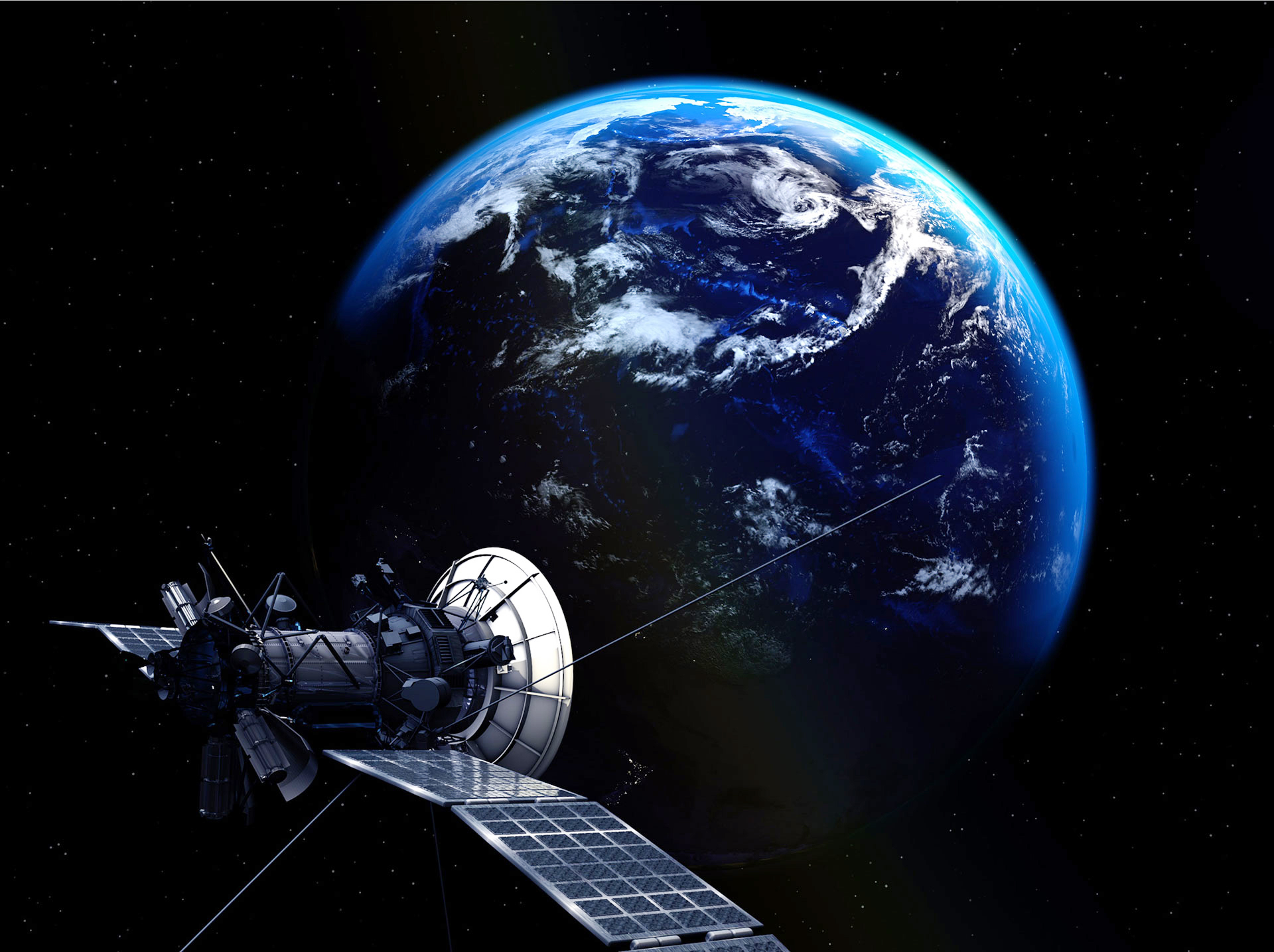In the weather layer, up to about 20 kilometres above the Earth's surface, the atmosphere is becoming increasingly warmer. And it is doing so faster than previously suspected. High-resolution satellite data show that the temperature in this area has risen strongly over the last two decades. "Previous measurements could not resolve important details of the changes. As a result, the warming was underestimated," says Florian Ladstädter from the Wegener Center at the University of Graz, lead author of the study, which was published in the journal Scientific Reports. Seasonal and regional differences in temperature development indicate that the global circulation could also change.
The lowest layers of the atmosphere – the troposphere and the stratosphere – are important parts of the climate system and have a great influence on the weather patterns of our planet due to global circulation. "In the last two decades, the upper troposphere has warmed by one degree Celsius in the tropics and mid-southern latitudes, more than twice as much as the Earth's surface. The temperature increase extends up into the lower layers of the stratosphere," Florian Ladstädter reports on the new findings. The fine structure of these changes also suggests that large-scale circulation patterns could change, with far-reaching consequences for the global climate.
"The high-resolution current satellite measurements provide us with detailed insights into the atmosphere and allow better climate monitoring," says Andrea Steiner, head of the Wegener Center at the University of Graz and co-author of the publication, underlining the importance of the new possibilities. The paper was produced in co-authorship with the Danish Meteorological Institute.
The research is anchored in the field of excellence “Climate Change Graz” at the University of Graz.
Publication
Resolving the 21st century temperature trends of the upper troposphere–lower stratosphere with satellite observations
Florian Ladstädter, Andrea K. Steiner, and Hans Gleisner
Scientific Reports, doi:10.1038/s41598-023-28222-x
